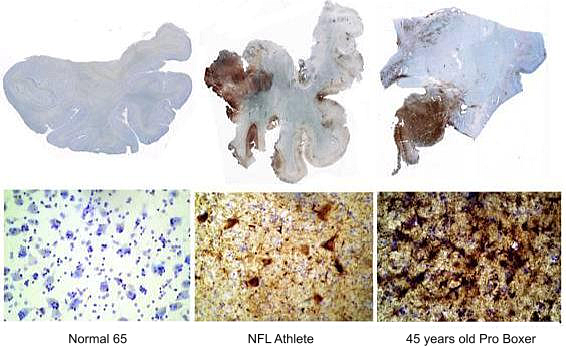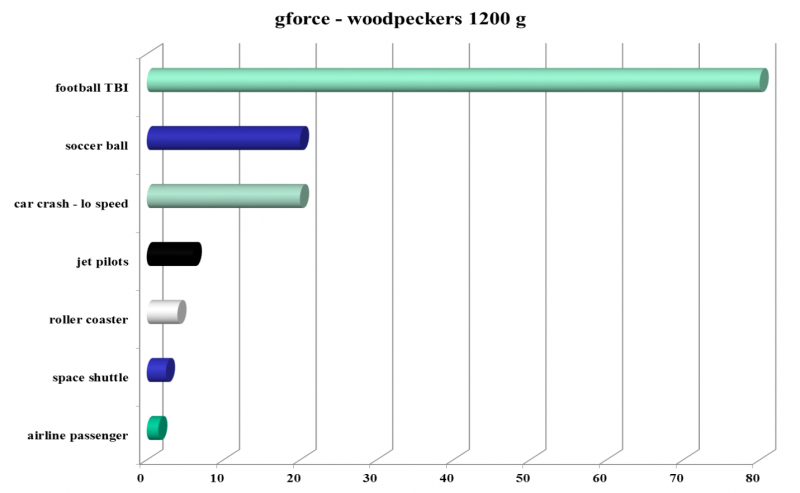Because abnormal or phosphorylated tau protein deposition was observed around cerebral blood vessels in the frontal cortex of both veterans exposed repeatedly to blasts and football players with repetitive concussive injury, tau protein was suggested as a biomarker of both blast- induced and sports-related brain injuries.
Tau protein is a highly soluble microtubule-associated protein
Tau protein is critical to maintaining normal functioning of CNS, which provides axonal microtubule assembly, stabilization, and flexibility, and also involves neurite outgrowth and axonal transport through its isoforms (two or more functionally similar proteins) and phosphorylation (addition of phosphate to an organic compound). Suggesting that tau protein can be considered as a biomarker of TBI.

APOE ε4
Several investigators have studied the relationship between inheritance of an apolipoprotein ε4 (APOE ε4) allele and dementia after TBI. In a population-based study in Northern Manhattan, New York, a history of TBI and inheritance of an APOE ε4 allele were associated with a 10-fold increased risk of dementia, while APOE ε4 in the absence of TBI resulted in only a 2-fold increased risk. Inheritance of the APOE ε4 allele is associated with increased risk of CTE in boxers
Gforce

1 g force on an object sitting on the Earth’s surface is caused by mechanical force exerted in the upward direction by the ground, keeping the object from going into free-fall towards the center of the earth.
